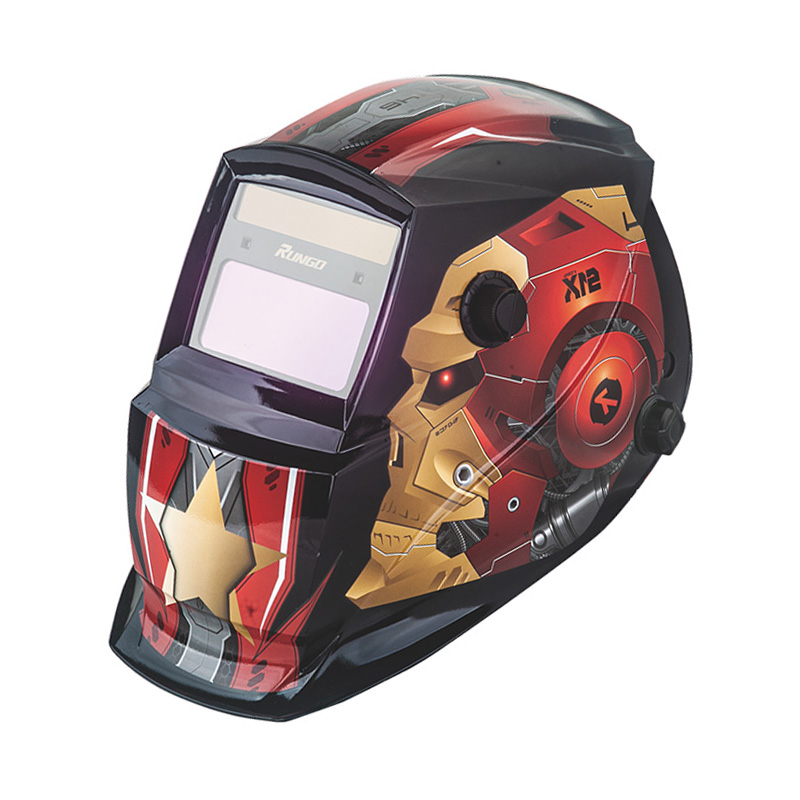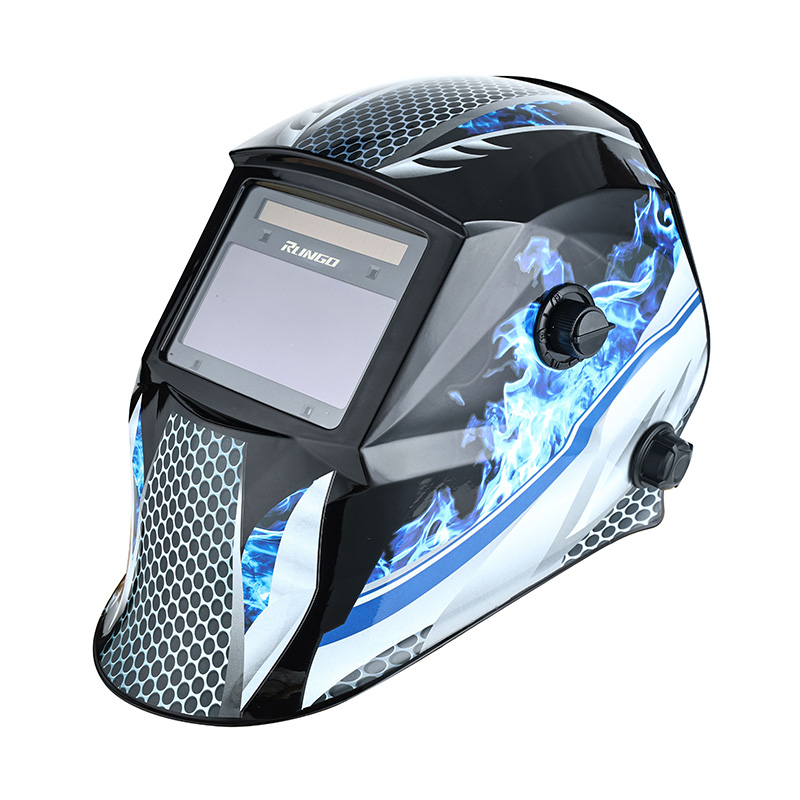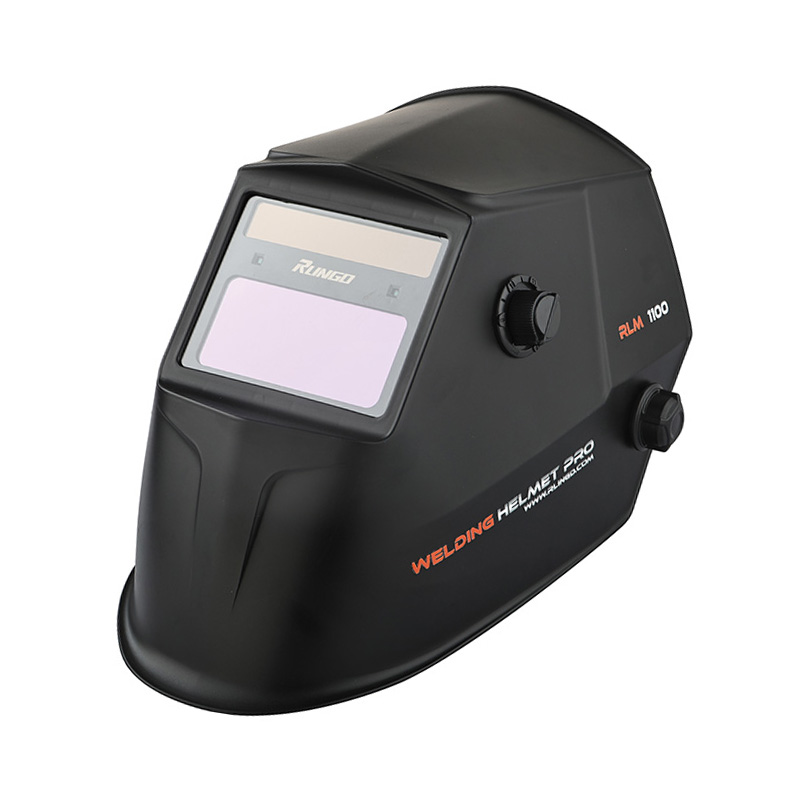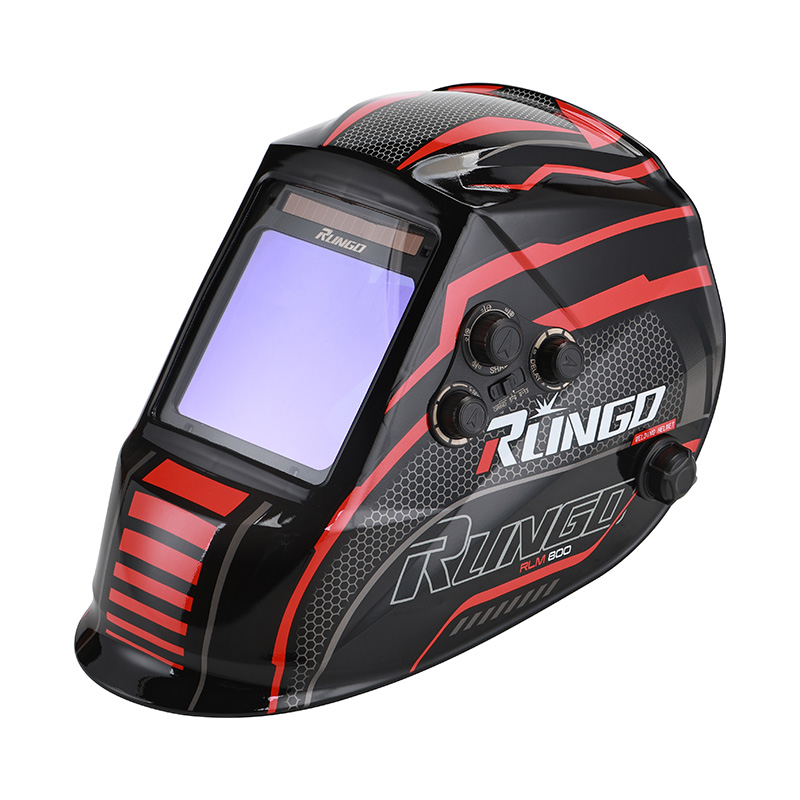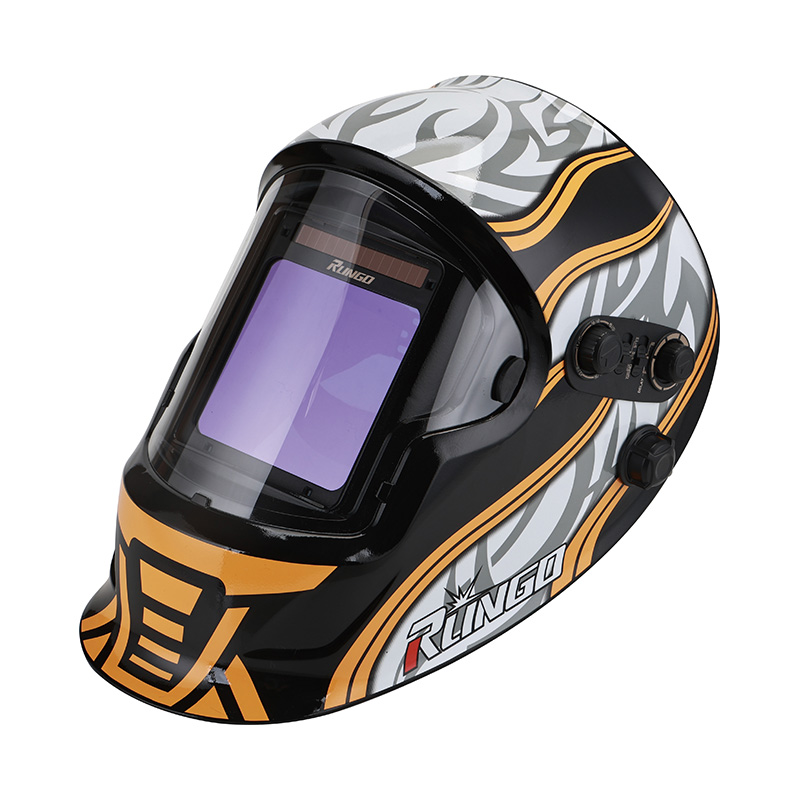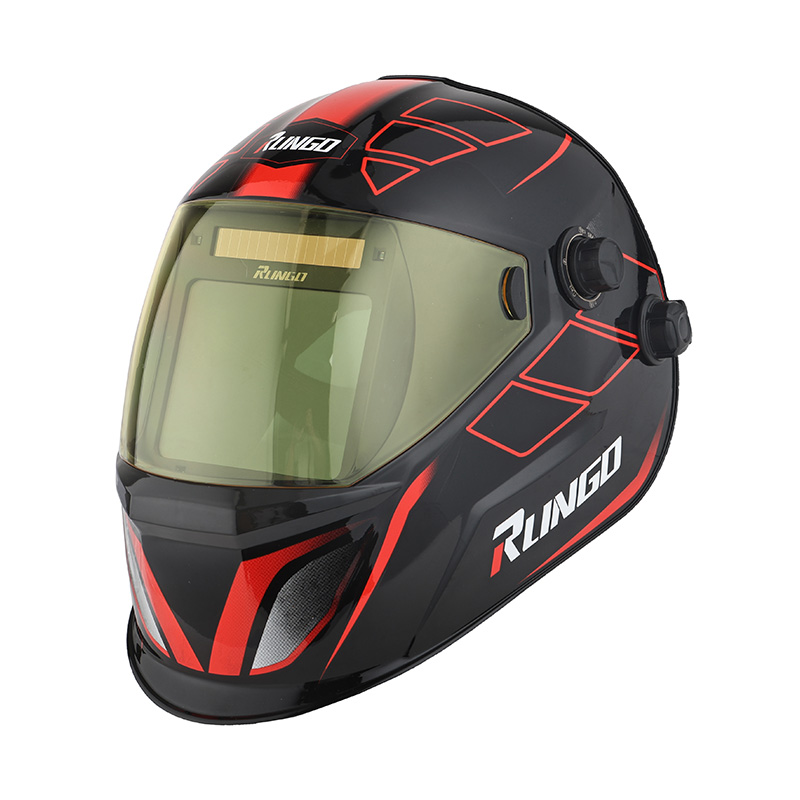Evaluating Comfort Levels of Auto Lens Welding Helmets
2025-01-24
Design High Quality OEM Auto Lens Welding Helmet Producer
The Auto Lens Welding Helmet is a pivotal piece of equipment in the field of welding, designed to provide both safety and convenience to the welder. Its ability to automatically adjust to different welding conditions has made it a popular choice among professionals. However, the comfort of the Auto Lens Welding Helmet is a critical factor that can significantly influence the welder's productivity and overall experience. This article will delve into the various aspects that contribute to the comfort of Auto Lens Welding Helmets and how they are engineered to meet the demands of modern welding.

The comfort of an Auto Lens Welding Helmet is determined by several factors, including weight, balance, fit, and adjustability. Welders often work for extended periods, and thus, the weight of the helmet can have a substantial impact on their comfort and fatigue levels. Modern Auto Lens Welding Helmets are designed with lightweight materials to decrease the strain on the neck and shoulders. The balance of the helmet is also crucial; a well-balanced helmet distributes its weight evenly, preventing discomfort and potential strain injuries.
The fit of the Auto Lens Welding Helmet is another essential aspect of comfort. A helmet that fits snugly but not too tightly ensures that it remains in place during the welding process without causing discomfort or distraction. Many Auto Lens Welding Helmets come with adjustable straps and headgear to accommodate different head sizes and shapes, ensuring a secure and comfortable fit for all users. The padding used in the headgear is also a significant factor, as it can provide cushioning and reduce pressure points.
Adjustability is a feature that greatly enhances the comfort of Auto Lens Welding Helmets. Adjustable shields and visors allow welders to customize their viewing experience, reducing eye strain and improving visibility. The auto-darkening feature of the lens is particularly beneficial, as it eliminates the need for the welder to lift the helmet to change the lens shade, which can be a source of discomfort and interruption in the workflow.
Ventilation is another component that contributes to the comfort of Auto Lens Welding Helmets. Proper airflow within the helmet helps to reduce heat buildup, which can cause discomfort and fatigue. Advanced designs incorporate ventilation systems that draw in fresh air and expel hot air, keeping the welder cool and comfortable throughout the workday.
The lens of the Auto Lens Welding Helmet also plays a role in comfort. High-quality lenses provide clear, distortion-free vision, which is essential for precision welding. Anti-fog coatings and treatments on the lens help to maintain visibility in various temperature conditions, further enhancing the comfort and efficiency of the welding process.
Noise reduction is an often-overlooked aspect of comfort in Auto Lens Welding Helmets. Welding can be a noisy environment, and helmets with built-in noise reduction features can help to protect the welder's hearing and reduce the overall noise level, contributing to a more comfortable working environment.
In conclusion, the comfort of Auto Lens Welding Helmets is a multifaceted attribute that encompasses weight, balance, fit, adjustability, ventilation, lens quality, and noise reduction. Manufacturers are continually innovating to improve these aspects, ensuring that welders have a comfortable and safe experience. As the technology in Auto Lens Welding Helmets advances, the focus on comfort will remain a priority, reflecting the industry's commitment to the well-being of its workers.

